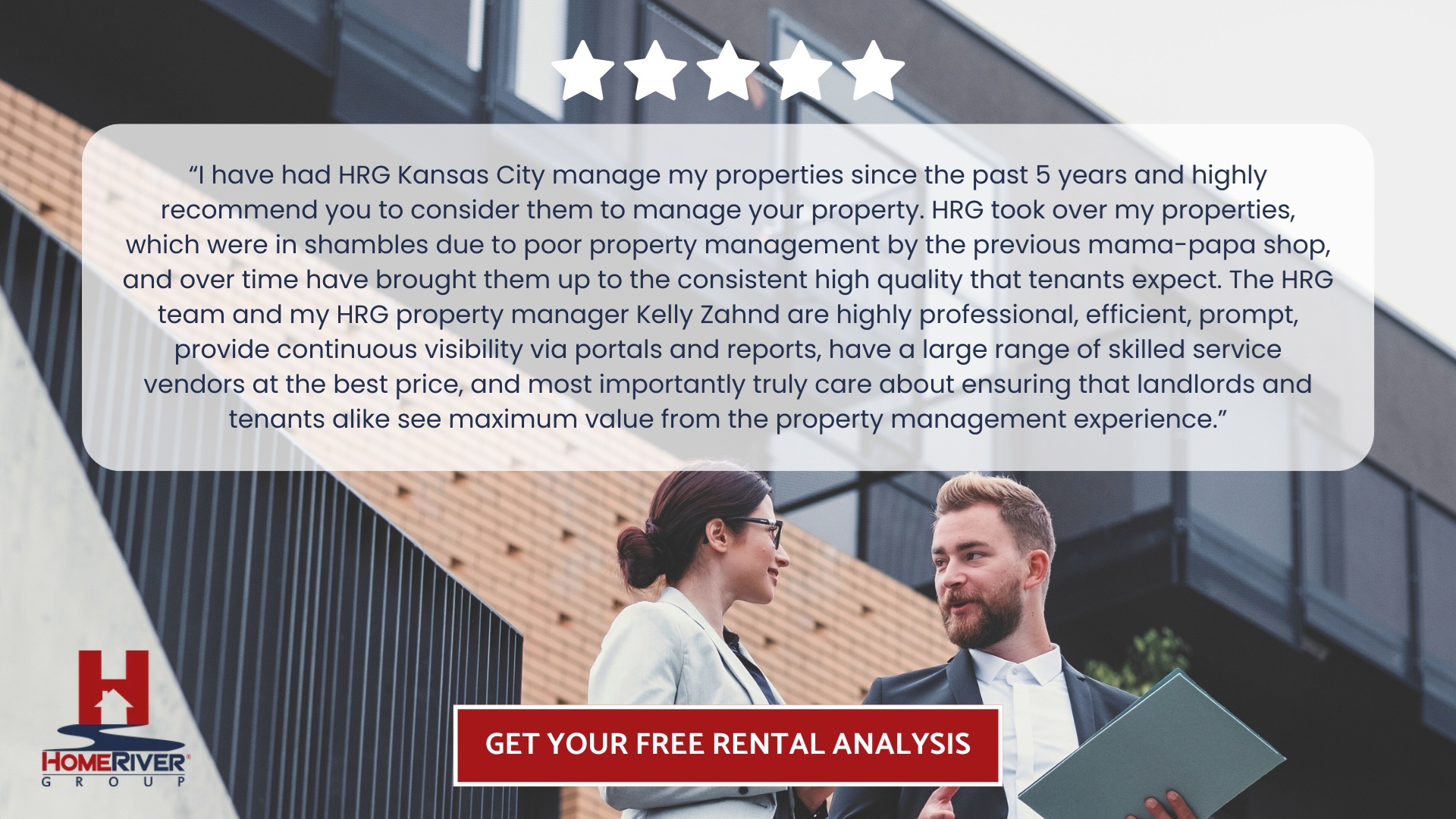
We’re HomeRiver Group, built on the belief that property management should deliver lasting value and confidence. Our national reach and local expertise create a seamless experience for investors and residents alike. From acquisition to maintenance, we manage every detail with care and precision. Our commitment to innovation and transparency drives performance, strengthens communities, and ensures every property reaches its full potential.
The growth of Boise investment properties has made the city a prime destination for real estate investors seeking stability and return potential. Demand continues to rise as Boise attracts new residents, businesses, and long-term opportunities. Understanding market performance, rental trends, and ROI factors can help investors make informed decisions in this thriving region where growth and livability continue to align.
Understanding Boise’s Economic Drivers And Their Impact On Real Estate
Boise’s real estate strength is rooted in the city’s expanding economy, population growth, and exceptional quality of life. Each of these factors contributes to consistent housing demand, rising property values, and growing opportunities for investors seeking long-term returns.
The Rise Of Boise’s Technology Sector
Boise’s technology industry has become a defining force in the city’s growth and development. Once known primarily for agriculture and manufacturing, the metro now hosts a dynamic mix of startups and established firms. Micron Technology remains a cornerstone employer, while new tech ventures are drawn by the city’s lower operating costs, favorable tax environment, and educated workforce. This influx of tech talent and businesses has increased demand for housing across the city, pushing both residential and commercial development forward.
Population Growth And Migration Trends
Consistent population growth continues to drive the housing market in Boise. The city ranks among the fastest-growing in the U.S., primarily driven by migration from high-cost West Coast metropolitan areas. Families, professionals, and retirees are relocating for affordability and quality of life, intensifying competition for homes. This demographic shift has reduced inventory in desirable neighborhoods and driven appreciation in both purchase and rental markets.
Diversified Employment And Economic Stability
Boise’s economy extends well beyond technology, encompassing healthcare, education, agriculture, and manufacturing. Employers such as St. Luke’s Health System and Boise State University provide a stable employment base that supports housing demand even when other sectors fluctuate. This economic diversity cushions the market from volatility and helps sustain long-term growth in property values.
Quality Of Life And Lifestyle Appeal
Boise consistently ranks among the most livable cities in the nation, offering a wealth of outdoor recreation, cultural vibrancy, and a balanced lifestyle. Access to hiking, skiing, and water recreation attracts both active professionals and families. The city’s clean environment, community amenities, and growing arts scene continue to enhance its appeal, fueling steady in-migration and long-term residency commitments.
Impact On Boise Investment Properties
These combined economic factors make Boise a high-performing market for investors. Rising incomes, job creation, and a sustained influx of new residents support both rental demand and property appreciation. Investors focusing on Boise investment properties can expect continued stability, driven by a diversified economy and consistent population growth. Understanding these local drivers is crucial for identifying neighborhoods and property types that align with long-term financial objectives.
Key Neighborhoods Offering Strong Rental Demand And Appreciation
Boise’s rapid evolution from a quiet mountain city to a thriving investment hub has reshaped its real estate landscape. For investors, identifying neighborhoods with consistent rental demand and appreciation potential is key to long-term success in this dynamic market.
Downtown Boise
Downtown Boise remains the heart of the city’s housing demand. Its mix of dining, retail, and entertainment draws professionals seeking walkable, amenity-rich living. Vacancy rates remain among the lowest in the metro, supporting stable rental yields. Although entry prices are higher than those in surrounding suburbs, historical data show steady appreciation that often outpaces other Boise markets, reinforcing its reputation as a reliable growth corridor.
North End Boise
North End combines historic appeal with modern upgrades, making it one of Boise’s most desirable districts. Classic Victorian and Craftsman homes sit near Hyde Park and major employment centers, attracting tenants who value both charm and convenience. High owner-occupancy levels contribute to neighborhood stability, while persistent renter demand sustains low vacancy rates and strong rent growth, an ideal mix for investors seeking long-term returns.
West Boise
West Boise provides an accessible entry point for both investors and tenants. With proximity to major employers, tech corridors, and retail centers, the area continues to experience consistent absorption. Homes here rent quickly, and moderate purchase prices balance yield with future upside. Infrastructure improvements and commercial development further enhance appreciation prospects across this growing suburban sector.
Southeast Boise
Southeast Boise blends suburban comfort with urban proximity. Its location near Boise State University, the Greenbelt, and recreational trails keeps both students and professionals in steady demand cycles. Multifamily and townhouse developments are influential performers, often maintaining waiting lists due to limited supply and sustained rental pressure.
Bench District
Located just south of downtown, the Bench District is emerging as a top pick for value-oriented investors. The neighborhood’s mix of mid-century homes and new infill projects attracts younger tenants and first-time buyers. Rental rates have climbed steadily as revitalization projects improve connectivity and livability, positioning the area for continued appreciation.
Each of these neighborhoods offers unique appeal, but all share Boise’s defining traits, economic stability, population growth, and sustained rental demand. For investors, understanding these local dynamics provides a roadmap to balancing reliable income with long-term capital growth in one of the Northwest’s most resilient markets.
Average Cap Rates And Cash-On-Cash Returns In The Boise Market
Understanding Boise’s investment potential requires evaluating performance through measurable indicators. Cap rates and cash-on-cash returns remain the two most reliable benchmarks for gauging whether Boise’s real estate market aligns with investor expectations for stable, long-term returns.
Cap Rate Trends Across Boise Submarkets
Cap rates in Boise generally range between 5% and 7%, influenced by property location, type, and condition. North and Northwest Boise often post lower yields due to stronger appreciation and tenant demand, while Southeast and West Boise deliver higher cap rates driven by lower acquisition costs. Compared to coastal cities where rates dip below 4%, Boise remains a high-yield, balanced market offering solid income and equity growth potential.
Economic Factors Supporting Performance
Limited housing supply, population growth, and sustained rental demand continue to strengthen Boise’s fundamentals. The expansion of the tech, healthcare, and education sectors attracts skilled professionals, keeping vacancy rates low and rent prices resilient. These market dynamics ensure cap rates stay competitive, even as national market volatility persists.
Typical Cash-On-Cash Returns
For leveraged investors, Boise’s cash-on-cash returns typically range from 7% to 10% on single-family rentals with down payments of 20–30%. Investors targeting properties in growth corridors or making minor improvements can achieve higher yields. Moderate property taxes and a lack of rent control enhance net returns, allowing owners to adjust pricing in response to market shifts.
Market Efficiency And Investment Appeal
Boise’s manageable operating costs and business-friendly environment attract both local and out-of-state investors. Insurance and maintenance costs remain reasonable, while straightforward landlord-tenant laws reduce risk and administrative complexity. Together, these factors allow for consistent rental income and predictable expense management.
Boise’s Competitive Position In The West
When compared to similar markets in the Mountain West and Pacific Northwest, Boise consistently leads in combined yield and appreciation potential. Strong rent growth, steady migration, and housing scarcity reinforce investor confidence. These indicators suggest not just healthy short-term cash flow but sustainable, long-term portfolio growth for investors who adapt to Boise’s evolving real estate cycle.
Population Growth Trends Fueling Investor Interest In Treasure Valley
The Treasure Valley, which encompasses Boise, Meridian, Nampa, and surrounding areas, has emerged as one of the nation's fastest-growing regions. This population surge continues to redefine local real estate, strengthening rental demand, compressing inventory, and supporting steady property appreciation.
Migration Patterns And Market Growth
Recent census data show consistent in-migration from high-cost states such as California, Oregon, and Washington. Remote work has accelerated this movement, allowing professionals to prioritize affordability, lifestyle, and quality of life. The region’s balance of economic opportunity and livability attracts both families and young professionals, creating a durable base of long-term residents and tenants.
Rising Housing Demand And Tight Inventory
Population growth has intensified demand across both rental and ownership markets. A limited housing supply has pushed prices and rents upward, while low vacancy rates ensure that investors benefit from consistent returns. Single-family and small multifamily homes perform exceptionally well, offering investors reliable income and strong occupancy throughout the year.
Employment Drivers And Lifestyle Appeal
Treasure Valley’s growing sectors in technology, healthcare, and education continue to attract well-qualified workers. Coupled with reputable schools, expanding parks, and outdoor recreation, the region appeals to those seeking a balance between career and lifestyle. Downtown Boise’s continued development enhances the area’s appeal, attracting renters and buyers who value urban amenities within a small-city setting.
Long-Term Stability And Investment Potential
Steady migration and job creation make Treasure Valley one of the most resilient housing markets in the Mountain West. Even during broader economic slowdowns, demand from incoming residents stabilizes rents and supports long-term appreciation. For investors, these population trends signal ongoing opportunity to build equity, capture reliable cash flow, and benefit from the Valley’s continued expansion.
How Professional Property Management Maximizes Net Operating Income
Maximizing net operating income (NOI) in Boise’s real estate market depends on more than collecting rent; it requires strategic management that enhances efficiency, stability, and long-term property performance. The following points highlight how professional management directly strengthens NOI.
Tenant Screening & Retention: Effective managers reduce turnover by carefully vetting tenants, ensuring consistent occupancy, timely payments, and lower vacancy-related losses that directly improve monthly income stability.
Proactive Maintenance & Cost Control: Regular inspections and preventive maintenance minimize costly emergencies. Managers leverage vendor partnerships to facilitate faster repairs and secure better pricing, thereby preserving both property condition and profitability.
Lease Administration And Compliance: Skilled managers handle renewals, rent adjustments, and legal requirements, reducing exposure to fines or disputes that can quietly erode NOI while maintaining operational continuity.
Accurate Accounting & Financial Reporting: Transparent bookkeeping and monthly reports provide investors with clear visibility into performance, enabling data-driven decisions that identify inefficiencies and strengthen overall cash flow.
Market-Aligned Pricing & Advertising: Local expertise enables managers to set competitive rent rates and design effective marketing campaigns that reduce vacancy periods and attract reliable tenants quickly.
Operational Efficiency & Portfolio Growth: Streamlined systems for maintenance, accounting, and communication enhance scalability, allowing owners to expand portfolios while sustaining or improving NOI performance.
Professional property management in Boise enhances investment performance through consistent occupancy, controlled expenses, and precise operational management. These efficiencies compound over time, driving more substantial returns and long-term growth in property value.
Final Thoughts
Boise’s investment property market continues to attract investors seeking reliable returns and long-term growth. The city’s population growth, diverse economy, and strong housing demand create a stable foundation for both new and experienced buyers. From single-family rentals to multifamily developments, Boise offers a range of opportunities across different risk levels.
Success in this market requires a strategic approach, not guesswork. Partnering with HomeRiver Group provides investors with full-service support, including property acquisition, leasing, maintenance, and detailed financial reporting. With local expertise backed by national resources, HomeRiver Group helps maximize property performance while minimizing risk.
As Boise continues to grow, its real estate market remains one of the most promising in the region. By staying informed and working with experienced professionals, investors can achieve strong, sustainable returns and long-term portfolio growth in this thriving and resilient housing market.
Read also:
Frequently Asked Questions About Boise Investment Properties
What is the current ROI for investment properties in Boise?
Boise’s investment properties generally yield 5% to 8% annually, depending on property type, location, and management. Professionally managed homes typically yield higher and more consistent returns for investors.
How have Boise real estate market trends changed in recent years?
Boise has shifted from rapid growth to sustainable expansion. Property values and rental rates continue to rise moderately, supported by population growth, job opportunities, and balanced market conditions.
What types of investment properties are most popular in Boise?
Single-family homes dominate Boise’s investment landscape, followed by duplexes and triplexes. These property types attract both investors and tenants for their stability, strong rental demand, and ease of management.
Is Boise a buyer’s or seller’s market at the moment?
Boise currently reflects a balanced market. Buyers benefit from increased inventory and negotiation room, while sellers still capture strong prices for well-maintained, income-generating properties.
How do Boise property prices compare to those in other cities in Idaho?
Boise remains Idaho’s priciest market, but its robust economy, rental demand, and long-term stability justify the premium. Nearby cities, such as Meridian, offer lower entry points with strong potential.
What is the average rental yield in Boise?
Rental yields in Boise typically range from 5% to 7% per year. Proximity to major employers, universities, and downtown amenities boosts returns through higher rents and steady occupancy.
Which Boise neighborhoods offer the best investment opportunities?
Neighborhoods such as North End, Southeast Boise, and the Bench attract steady demand. Emerging areas in West and Northwest Boise offer growth potential through new developments and infrastructure.
Are Boise home values expected to rise or fall in the near future?
Boise’s home values are projected to rise gradually over the next 12–24 months, supported by population growth, low unemployment, and limited new supply, which in turn bolster long-term appreciation prospects.










